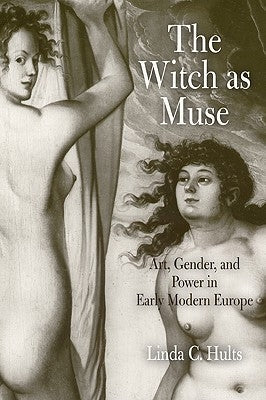1
/
of
1
University of Pennsylvania Press
The Witch as Muse: Art, Gender, and Power in Early Modern Europe
The Witch as Muse: Art, Gender, and Power in Early Modern Europe
Regular price
$30.50 USD
Regular price
Sale price
$30.50 USD
Shipping calculated at checkout.
Quantity
Couldn't load pickup availability
Occult topics have long fascinated artists, and the subject of witches--their imagined bodies and fantastic rituals--was a popular one for painters and printmakers in early modern Europe. Focusing on several artists in depth, Linda C. Hults probes the historical and theoretical contexts of their work to examine the ways witches were depicted and the motivations for those depictions.
While studying the work of such artists as Dürer, Baldung, Jacques de Gheyn II, and Goya, Hults discerns patterns suggesting that the imagery of witchcraft served both as an expression of artistic license and as a tool of self-promotion for the artists. These imagined images of witches were designed to catch the attention of powerful and important patrons as witchcraft was being debated in political and intellectual centers. Dürer's early engravings of witnesses made in the wake of the Malleus maleficarum of 1487 were crucial in linking the seductive or aged female form with the dangers of witchcraft. The polarized idea of gender pervaded many aspects of early modern culture, including art theory. As the deluded female witch embodied the abuse of imagination and fantasy, so the male artist presented himself as putting those faculties to productive and reasoned use.Author: Linda C. Hults
Publisher: University of Pennsylvania Press
Published: 03/29/2011
Pages: 360
Binding Type: Paperback
Weight: 1.23lbs
Size: 8.90h x 5.60w x 1.00d
ISBN: 9780812221459
About the Author
Linda C. Hults is Professor of Art History at The College of Wooster. She is the author of The Print in the Western World: An Introductory History.
Share


